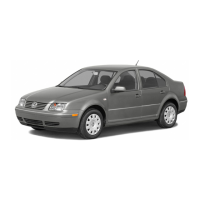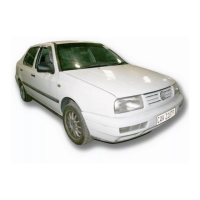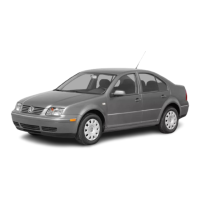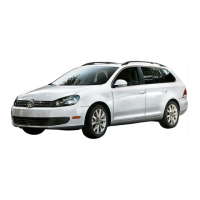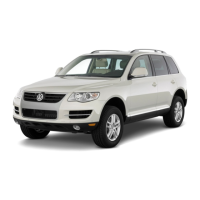– Re-synchronise the Tyre Pressure Loss Indica-
tor→ page 182.
– If the fault persists, go to a correspondingly
qualified workshop. Volkswagen recommends
using a Volkswagen dealership.
WARNING
Different tyre pressure or too low tyre pressure
may cause tyre failure, vehicle out of control,
easy to cause casualties!
● Stop as soon as the light is
on and check
the condition of all tyres.→ page 184
● Different or low tyre pressure is bound to ag-
gravate tyre wear, reduce vehicle stability,
prolong the braking distance.
● Tyres with different or lower air pressure can
suddenly malfunction, causing the tyre to
burst and the vehicle to lose control.
● The driver must ensure that the correct air
pressure is maintained on all tyres. The tyre
pressure plate lists the prescribed tyre pres-
sure.
→
page 188
●
The tyre pressure monitoring system can
function properly when all cold tyres main-
tain correct pressure.
●
All tyre pressure must be properly adjusted
for vehicle load.
→
page 188
●
Make sure all tyres are charged to the correct
air pressure before driving.
→
page 188
●
If the tyre pressure is too low, it is possible
that the tyre temperature will increase to
such an extent when driving that the tread
peels off and the tyre bursts.
●
Excessive speeds and overloading of the ve-
hicle can cause overheating and sudden tyre
damage including tyre bursts.
● Whether the tyre pressure is too high or too
low, the tyres will wear prematurely and the
car will not handle well.
●
If the tyre is not flat and it is not necessary
to change the wheel immediately, drive at
low speed to the nearest correspondingly
qualified workshop and have the tyre pres-
sure checked and corrected.
→
page 184
●
Always adapt the Tyre Pressure Loss Indica-
tor correctly.
Driving on unpaved roads for long periods
or a sporty driving style can temporarily de-
activate the Tyre Pressure Loss Indicator. In the
event of a malfunction, the indicator lamp will
flash. However, the indicator lamp will go out
when the road conditions or driving style change.
Wheels and Tyres
Introduction
This chapter contains information on the follow-
ing subjects:
–
Using of Wheels and Tyres
185
–
Wheel rims and wheel bolts
187
–
Tyre pressure 188
–
Tread depth and Tyre wear
189
–
Tyre damage
190
–
Wheel unbalance degree
190
–
Tyre identification number
191
–
Winter tyres 194
–
Snow chains
195
The tyres are the most heavily loaded and most
underestimated parts of a vehicle. Tyres are very
important! As the narrow tyre surfaces are the
only contact between the vehicle and the road.
The service life of tyres is dependent on tyre
pressure, driving style, handling and correct fit-
ting.
WARNING
New tyres or tyres which are old, worn down or
damaged cannot provide full levels of vehicle
control and braking efficiency.
● Incorrect handling of wheels and tyres can
reduce vehicle safety and cause serious acci-
dents and fatal injuries!
● All four wheels must be fitted with radial
tyres of the same type, size (rolling circum-
ference) and the same tread pattern.
●
New tyres as the tyres have to be run in. Be-
cause its grip is unlikely to reach the best
state, thus reducing the braking effect, it is
necessary to drive carefully for the first 600
km to avoid causing serious accidents.
●
Check the tyre pressure regularly and always
maintain the specified pressure. If the tyre
pressure is too low, it is possible that the
Owner's manual
184

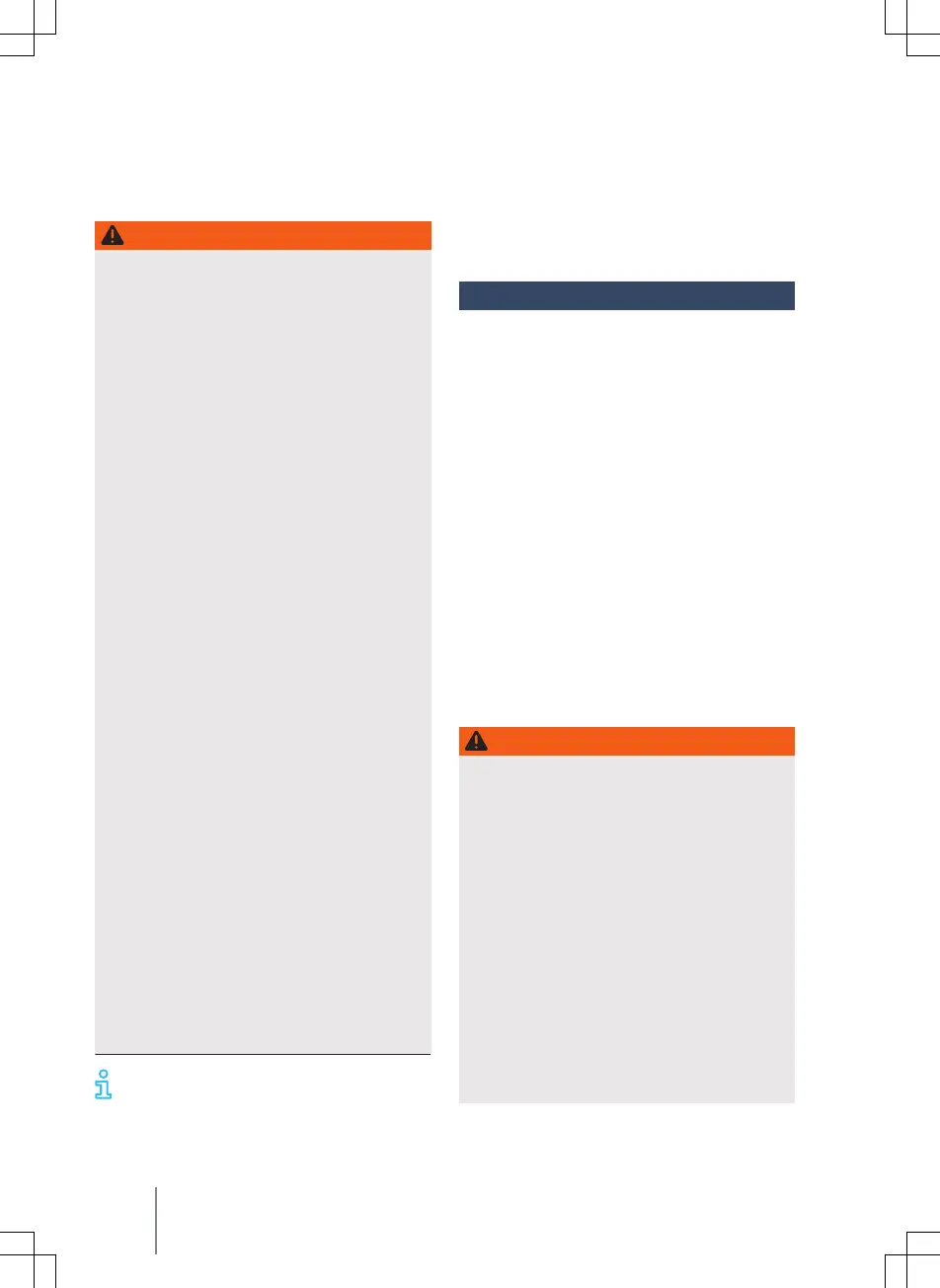